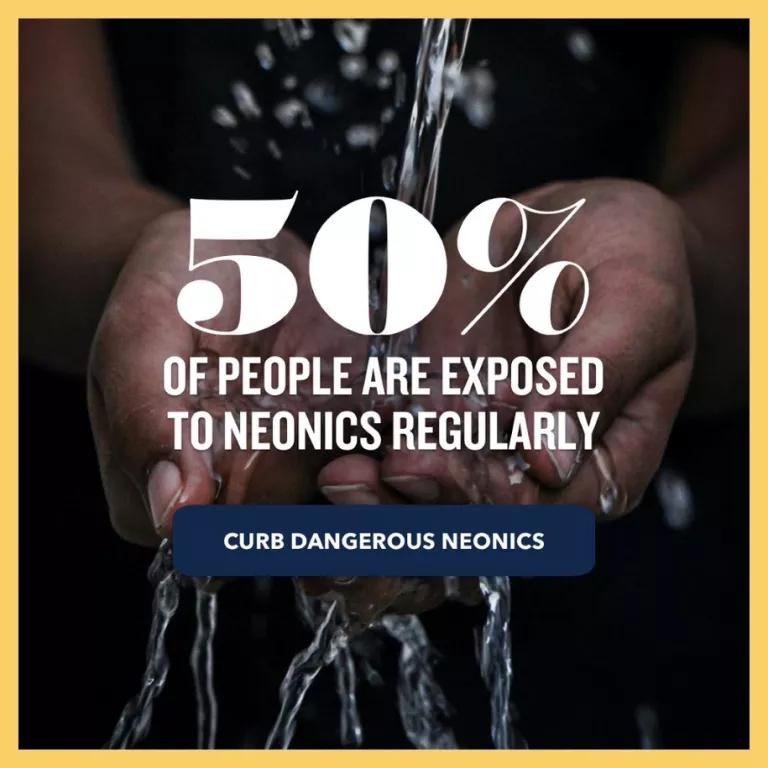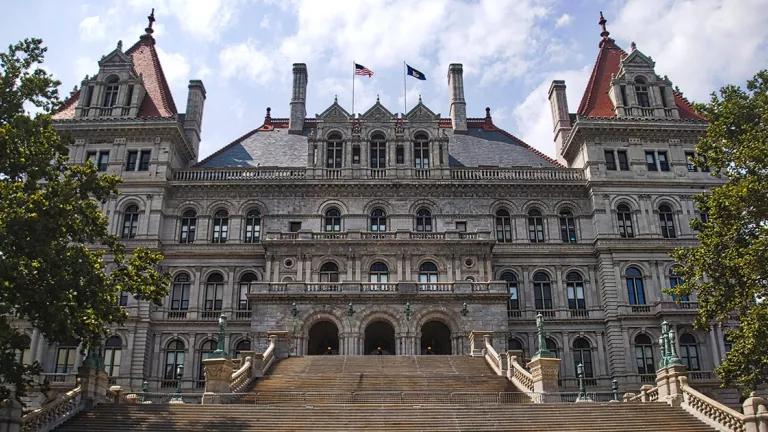Health Experts to New York: Beware of Neonic Pesticides
Let’s hope that Albany legislators and Governor Hochul listen to the doctors’ orders.

Neonic pesticides appear in New York water and in New Yorkers themselves, raising alarms for health experts.
Neonicotinoid pesticides (“neonics”)—the chemicals best known for their role in the collapse of bee populations across the country—are increasingly raising alarms for health experts too.
That’s certainly the case in New York, where dozens of health professionals—including leading researchers from around the country as well as doctors and nurses all over the state—sent a letter to state legislators and Governor Hochul, urging them to support the Birds and Bees Protection Act (A7429A-Englebright/S699B-Hoylman) in order to rein in widespread neonic pollution threatening the health of New Yorkers.
To understand their concerns, it’s helpful to understand how neonics kill insects (the video above provides some helpful visuals). As neurotoxic insecticides, neonics permanently attach to insect nerves—overstimulating those nerves until they die. Bees exposed to neonics often twitch uncontrollably followed by paralysis and death.
When neonics were first marketed, the chemical industry commonly claimed that the pesticides only harmed insects, not people. But as we are increasingly learning, that just isn’t true. Neonics mimic nicotine (think neo“nicotine”oids) by targeting receptor sites in insect nerves designed to receive nicotine. Unfortunately, these same sites show up in very sensitive parts of our brain and central nervous system, too. That means—just like for lead, mercury, and other neurotoxins—there may be no “safe level” for neonics in people exposed during critical windows of brain development.
The science is alarming. Human health studies show that people exposed to neonics in the womb have higher risk of birth defects like malformations of the developing heart and brain. And animal studies link neonics to reproductive problems, thinning of key areas of the brain, reduced thyroid function, impaired reflexes—even higher rates of death for deer and fawns. As a USA Today investigation revealed last year, neonic-laden pet collars are implicated in the deaths of almost 1,700 pet dogs and cats.

Making matters worse, we know that neonics contaminate our daily lives. Monitoring by the U.S. Centers for Disease Control and Prevention (CDC) finds that, on any given day, about half the U.S. population has neonic in their bodies. That means that huge segments of the population are routinely exposed to these pesticides—often through contaminated water, food, or direct contact, such as with lawn and garden neonic products. In New York, neonic water contamination is widespread, raising the risk of neonics showing up in New Yorkers’ taps.
Fortunately, commonsense solutions exist for getting widespread neonic contamination out of the state’s environment. The Birds and Bees Protection Act would do exactly that—eliminating 80-90% of the neonics currently going into New York’s environment every year by prohibiting those uses that provide no benefits to users or are easily replaced with safer alternatives. You might even say it’s the right prescription for the toxic neonic pollution plaguing the state.
Let’s hope that Albany legislators and Governor Hochul listen to the doctors’ orders.




